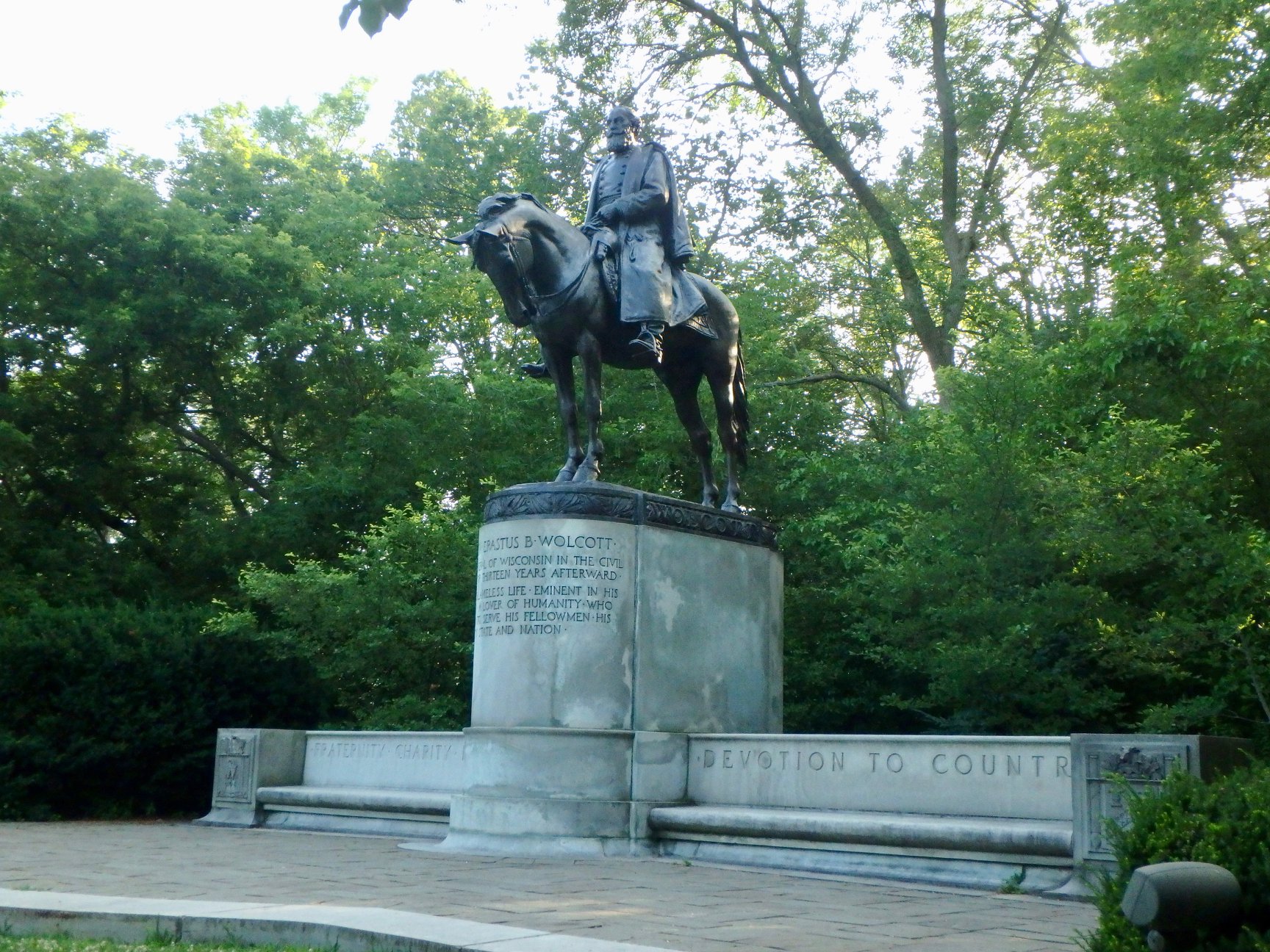JUNE 23, 2020 – People reacting to the recent rash of statue sackings fall into three groups. First: angry folks pulling down symbols of racism—symbols erected by very white, very dead white . . . women (surprise!) who’d organized themselves in 1894 as the United Daughters of the Confederacy, primarily to build all those statues. Second: reactionaries fearful that before long, statue-wreckers will raid the National Archives and shred the Declaration of Independence. Third: bystanders angry that so many others are angry. “Can’t we all just get along?” they ask. I’m kidding about existence of this third group.
Me? From an historical perspective, I think statues are cartoonish. What’s with putting dead white guys on dead horses in the public square? To the reactionaries, I say, “Read Ozymandias!” To the statue-wreckers, I say, “Get over it!” Given Americans’ abysmal acquaintance with history, most people (and pigeons) are oblivious to which white guy sits on which dead horse—until you call attention. And in some cases, you’re going to get it wrong.
I remember, for example, a statue in Milwaukee’s Lake Park. I was strolling along in idle chat with family members when I espied a dead white guy on a dead horse—both looking very Civil Warrish. I peeled away for a closer look and wondered what despicable white racist of Civil War fame (to hell with his Union uniform) had achieved glorification by generations past.
I’d never heard of him—Brigadier General Erastus B. Wolcott, M.D. If we are to believe the words chiseled into the statue’s base:
He lived a blameless life.
Eminent in his profession,
A lover of humanity,
Delighted to serve his fellow men, city, state and nation.
I wonder if any of those lines were borrowed from statues erected by the Dead White Women of the South.
Thanks to Google I learned that Wolcott strongly opposed slavery and chaired a meeting called to protest the capture of a runaway slave—evidence that the good (white dead guy) was, in fact, a “lover of humanity.”
So far, the dead doctor and his dead horse remain alive and well atop their base, not at the bottom of a nearby stream. Perhaps it’s because of location: to yank down the old soldier and steed, statue-wreckers would first have to hike through swarms of mosquitoes. The remains would then have to be dragged through brambles to the stream.
Wolcott’s supreme commander—General Grant—didn’t fare so well, sitting on his horse in the middle of San Francisco. Recently, a statue of “Unconditional Surrender,” who defeated the slaveowners, was toppled in angry ignorance . . . or was it angry “revisionism”?
Next target? The Great Emancipator, sitting in front of his own Parthenon (the original having been built by Athenian slaves) in our nation’s capital—named after a slaveowner . . . and after the murderer of indigenous people on Caribbean islands. After the “Dakota Uprising” of 1862, (Dis?)honest Abe failed to stop the largest mass execution in American history.
“Why can’t we all just get along?” Because history’s complicated.
(Remember to subscribe to this blog and receive notifications of new posts by email.)
© 2020 by Eric Nilsson
